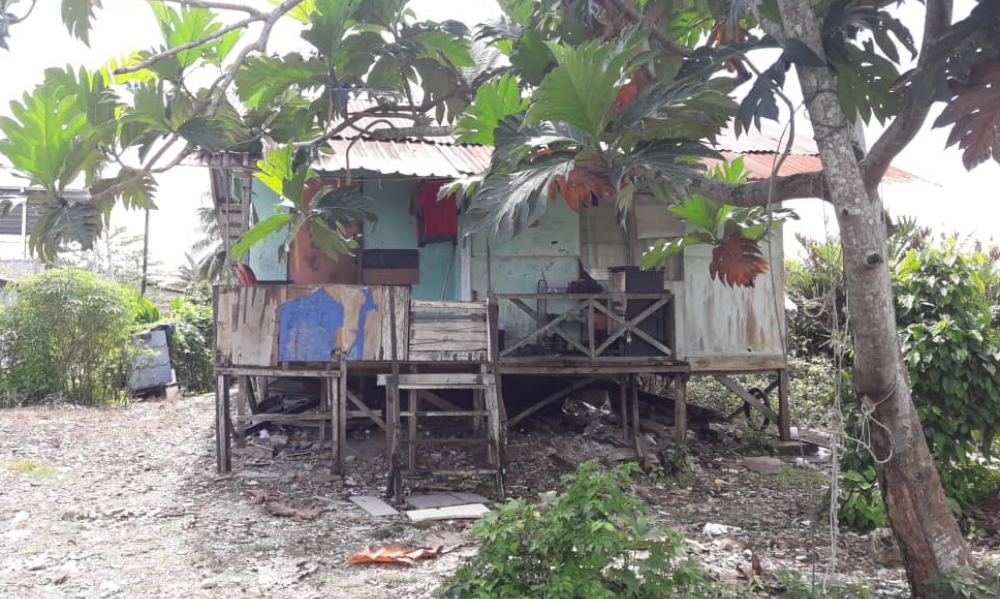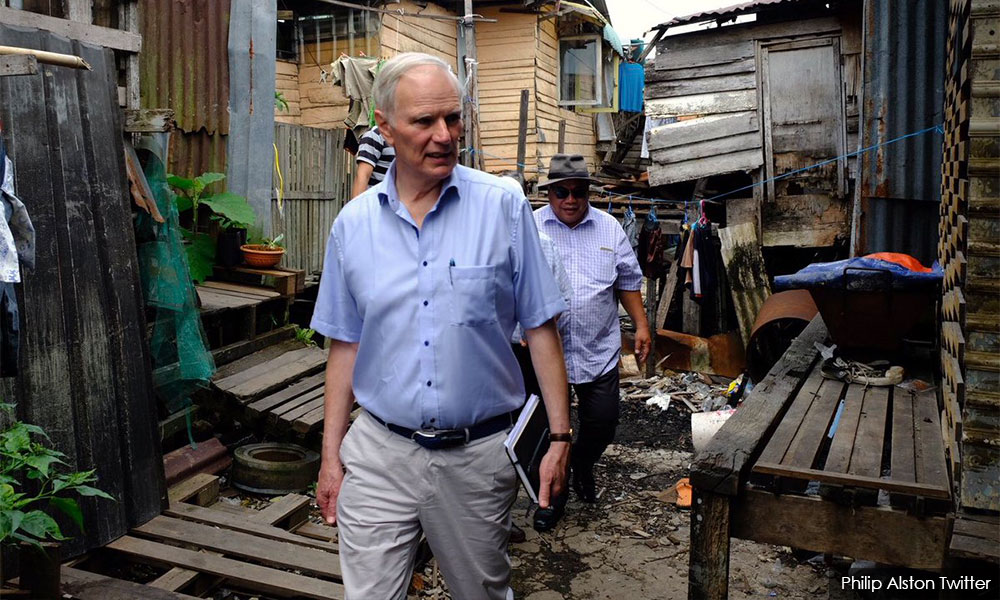
“Anyone who has ever struggled with poverty knows how extremely expensive it is to be poor.”
- James Baldwin, Nobody Knows My Name
That’s the bare truth. Life for a family of four is beset with multiple demands for funds – to meet daily necessities like food and transport, to pay for medical recovery to health, the growing needs of the children, to fend off pressing demands from the landlord, bank or Ah Long and emergencies. Don’t talk about setting aside for old age, the daily grind does not allow time to think about the future (or money for it).
Their plight is made worse because, while for them poverty is a real desperate lack of funds, for economic planners and politicians, poverty is just a numbers game.
The government finally conceded last week that the poverty line, set at RM980 a month for a family of four to live healthily and actively, was farcical.
I would say tragic for those families earning a thousand ringgit, or just over, who are considered safe from destitution and thus, not requiring the help of the government or charitable society.
The only thing this sum did was to allow the government to proudly proclaim that in 2016, only 0.4 percent of households in Malaysia were poor, and the government dug in its heels on that risible, ridiculous figure till as recent as last August.
Philip Alston, a former United Nations special rapporteur on extreme poverty and human rights, after a visit to various parts of the country, questioned the government’s Lilliputian figure.

"Pretending that almost no-one in the entire country lives in poverty doesn’t change the reality that millions are poor.
"Saving face is one thing, but distorting the facts is quite another," Alston (above) said.
International Trade and Industries minister Azmin Ali, then titled economic affairs minister, had his feathers ruffled over the questioning of the government’s accurate financial forensics and reportedly described Alston's statements as unacceptable and irresponsible.
“We stand by our absolute poverty rate, which is currently recorded at 0.4 percent of total households in 2016 or 24,700 households.
“This poverty rate is derived from internationally-accepted standards based on the Canberra Group Handbook on Household Income Statistics, Second Edition (2011), which is published by the United Nations.
“The Poverty Line Income (PLI) used to derive this poverty incidence is currently set at RM980 at a national level and calculated based on the basic requirements for a household to live healthily and actively, which is more than the PLI targeted in the first Sustainable Development Goal at US$1.25 per day,” was Azmin's response.
What a wondrous achievement: 37.4 percent of all households classified as poor in 1979. Twenty years later it was 8.5 percent in 1999, then 0.4 percent in 2016. With our wonderful, efficient government, I was expecting the next imminent announcement on the subject to be that Malaysia had become the only country in the world with no poor people.
So much for standing by the figure. (We know how good Azmin is in standing by.)
Sparing the country further ridicule, trying to defend an untenable position, the government, last week, raised the poverty line income to RM2,208. The “unacceptable” and “irresponsible” has become acceptable and more responsible.
Alston responded on a positive note: “Malaysia's government has taken a courageous step towards bringing its poverty line closer to reality.”
Excuse me, Mr Alston, it is not a compliment if the government has to have the courage to face reality. Though I agree they haven’t faced reality for a long time.
RM980 to RM2,208 – it helps that over 380,000 more households are classified as requiring of aid.
But will they get the aid? More pertinent, if they do, how much will they get? The answer to this is coloured for me by thinking of the sum each family will get, compared with the monthly salary/fees of the politicians governing the government agencies and statutory bodies handing out the aid.
A supplementary irk for me is to see photos of them, smugly patronising, handing out cheques and aid in kind to the disadvantaged.
In the end, it is still just a numbers game. Does the figure mean that if a family’s monthly income is, say RM2,250, they do not have to struggle to survive?
What about the chasm between this figure and the RM1,100-1,200 minimum wage? How does one reconcile these two numbers so that a family can live healthily and actively?
The minimum wage is a landmine planted by big businesses. Any slight footstep near it will set it off, the corporate world of manufacturers and labour-intensive industries screaming bankruptcy from their penthouse boardrooms.
This year, they will have a wealth of gloomy figures to substantiate their resistance. In the first quarter of this year, retail sales were down 11.5 percent, year-on-year, the Malaysia Retailers Association (MRA) noted in its July report.
Fashion and fashion accessories retailers are down 30.5 percent while department stores, 17.5 percent. A couple of retail sub-sectors project a 40-62 percent drop in revenue in the second quarter of the year.
Throw into the mix of depressing figures, the unemployment rate of 3.9 percent, the highest since June 2010, and it’s a good bet the number of households falling under the new poverty line will need an update soon.
THOR KAH HOONG is a veteran journalist. - Mkini



No comments:
Post a Comment
Note: Only a member of this blog may post a comment.